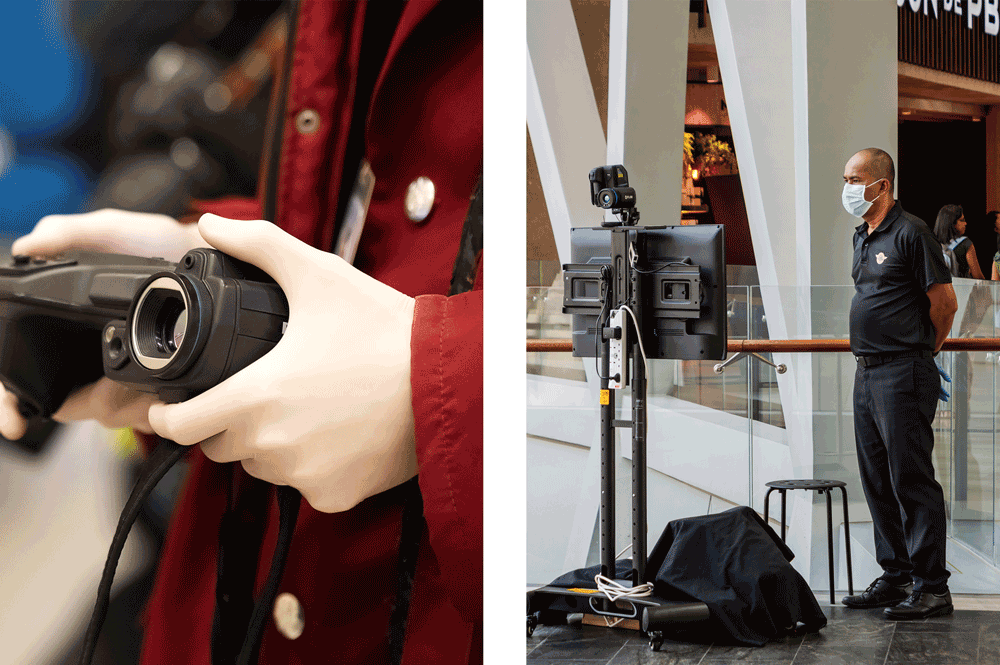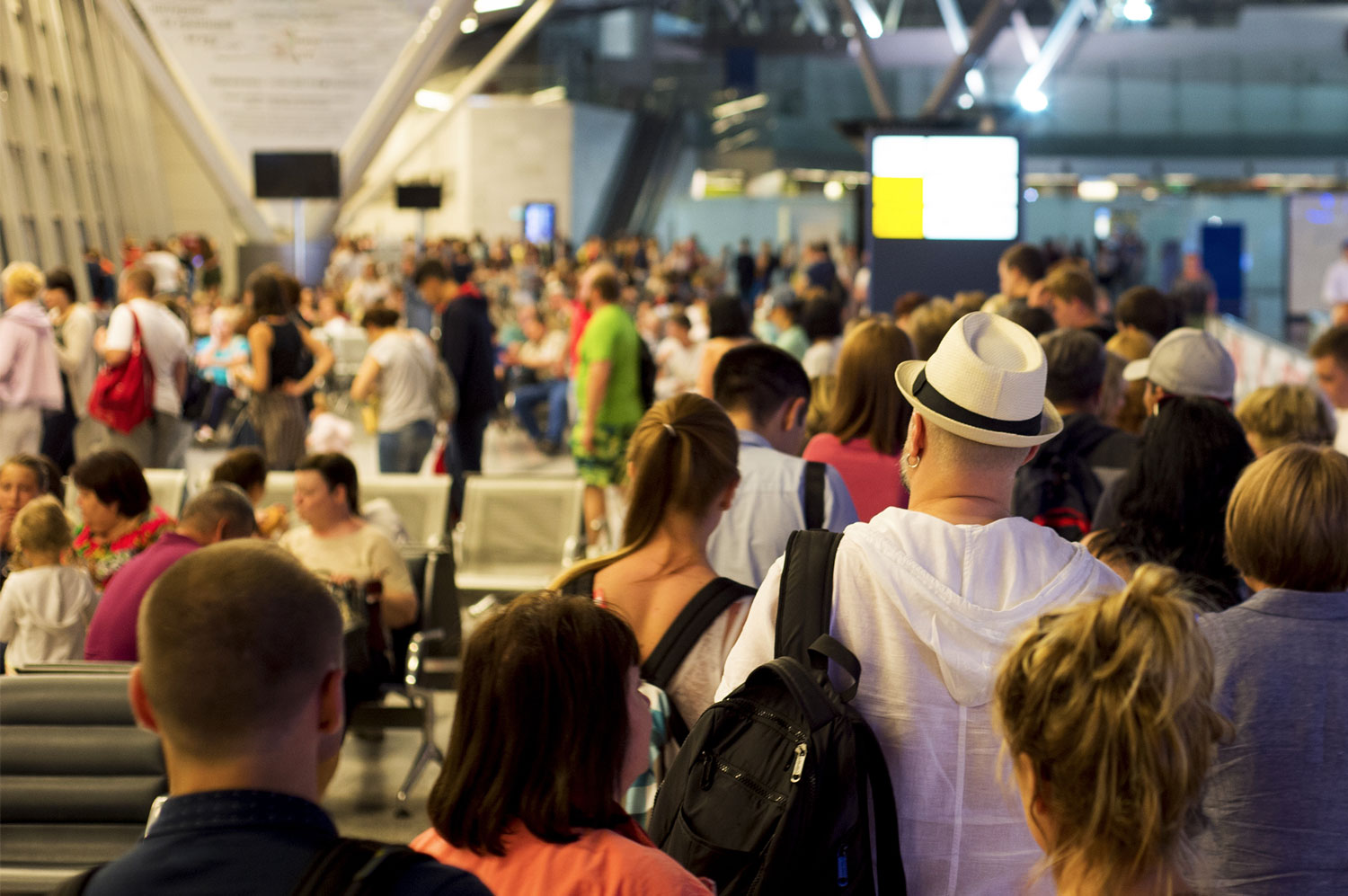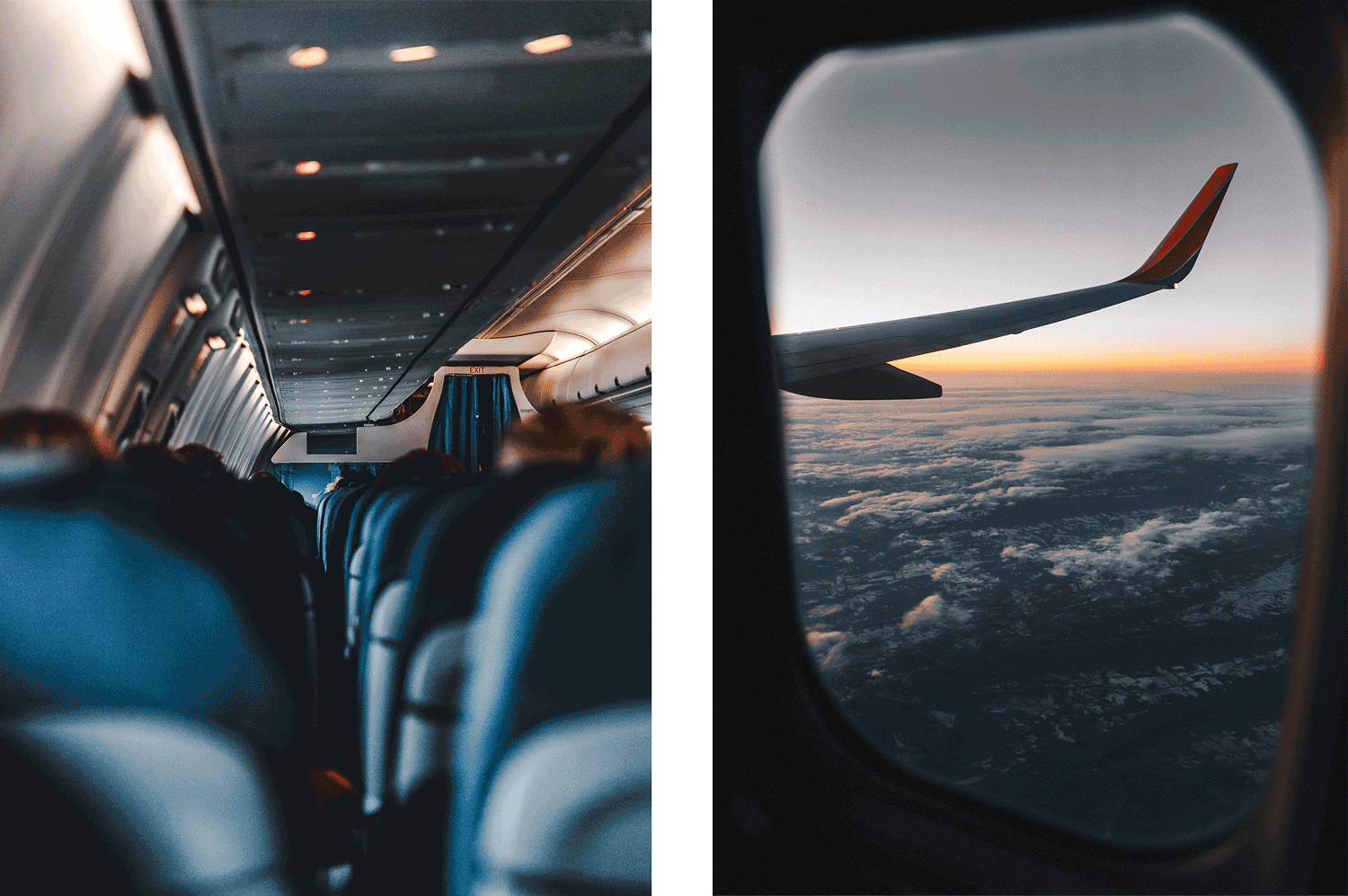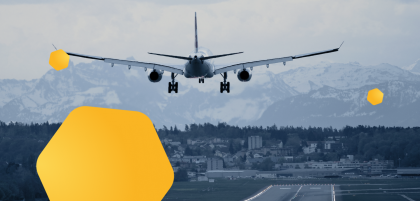Join RateHawk!
We have created a really amazing service with great offers for hotels throughout the world, an easy-to-use booking system and a choice of commission models.
Register to become a RateHawk partner and gain access to all of the system’s features!
Thermal imaging cameras and disinfection at airports
Thermal imaging cameras were first used at the very start of the spread of the virus. For now, there are no plans to end their use. For example, at Washington international airport, the appliance will measure the body temperature of passengers in a contactless manner in the departure zone. If a reading causes concern, the passenger will have to undergo a second check, after which a decision will be taken on whether they can continue their journey.
New disinfection technology will also be applied at the airport on the basis of ultraviolet rays.

Thermal imaging camera reads heat radiation. The higher the passenger’s temperature, the more intensive the radiation. Photo: Фото: Heng Lim / Shutterstock.com (right)
Testing before boarding the aircraft
Emirates has been carrying out express tests of all of its passengers since 15 April 2020. It was the first major airline to introduce testing in advance of boarding. They carry out a blood test with results 10 minutes later.
Since 11 May, Air France has also tested passengers prior to boarding, but only a temperature test. If it’s above 38 degrees, the passenger is not admitted on board but can change their ticket at no cost for another date.
Make sure to check the latest information by region and country if you are planning a trip.
Boarding in small groups
We all know the queues to get on the aircraft, which are sometimes formed before boarding is even announced. It’s obvious that social distancing will become a key problem after the pandemic.
Southern Airlines and Delta will split passengers into groups of 10 and admit them on board in portions. Southwest has already asked its passengers to download the boarding pass to their smartphone in advance and get to the airport earlier.

You will have to wear masks on board
United, American, Delta, JetBlue, Hawaiian, AirAsia, KLM, Lufthansa, Austrian Airlines, Swiss International Airlines, Brussels Airlines, and Eurowings have required their passengers to wear masks during the flight. Previously, only the flight crew were required to wear them, but now this requirement has been extended to the passengers. You have to put the mask on as you board.
Even though the air in the cabin is cleaned every few minutes using special filters and circulates well, the aircraft space is small, and you will be seated close up to other passengers, so the airlines believe that the masks will not be wasted.
How safe is the aircraft cabin?
IATA experts carried out an unofficial survey that revealed that between January and March 2020, only three episodes were recorded when the virus may have been transmitted on board — from passengers to the flight crew, but not from passenger to passenger.
According to the experts, the risk of passengers getting infected is very low, as they all sit facing the same direction, and the backs of the chair form a barrier. The air circulation helps as well: it moves from the ceiling to the floor and is then recirculated.
IATA highlighted that masks nevertheless need to be worn, although blocking the sale of middle seats is pointless.
They will start handing out antiseptic products
Here is what Air Canada is going to do: the onboard package for each passenger will include an antibacterial gel. American Airlines and United Airlines also plan to hand out antibacterial wipes and masks if there are no supply interruptions.

You will have to wear masks on board, and some airlines plan to hand out antiseptic products.
Testing after landing
Since 4 May 2020, Vienna airport has introduced testing of all travelers arriving in Austria. Thanks to this, they will no longer be required to observe a two-week quarantine. Previously, to avoid the quarantine, passengers were required to provide test results, but not all of them had the opportunity to take a test in advance, so they were required to self-isolate. The test results will be read in two or three hours, but the service comes with a price tag of 190 euros.
Iceland, which opened its borders on 15 June, is also introducing testing for all travelers arriving in the country. The test is carried out directly in the terminal of Keflavík international airport, but you can wait for the results in your accommodation — they will be ready the same day.
Travelers entering France from countries where the coronavirus is circulating widely must undergo virus tests upon arrival at French airports.
Even though airports and airlines are doing all they can to ensure maximum comfort and safety, much depends on the passengers themselves: please keep in mind basic hygiene rules, and as far as possible, observe social distancing and check the epidemiological situation in the country when planning your trip.


